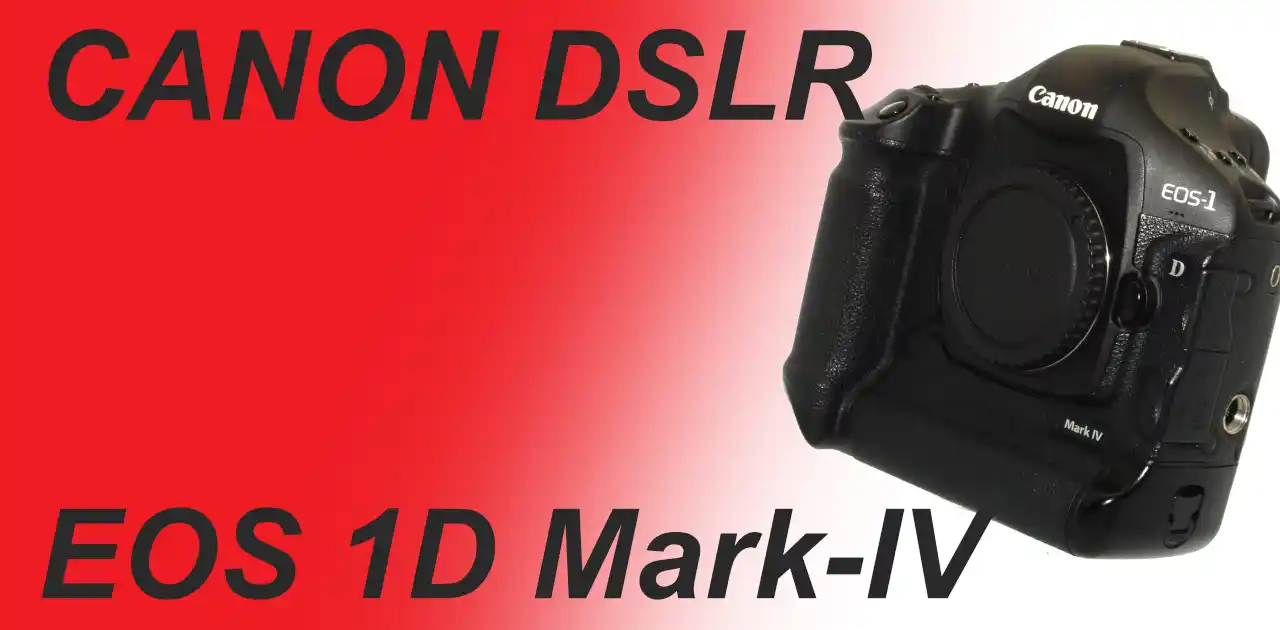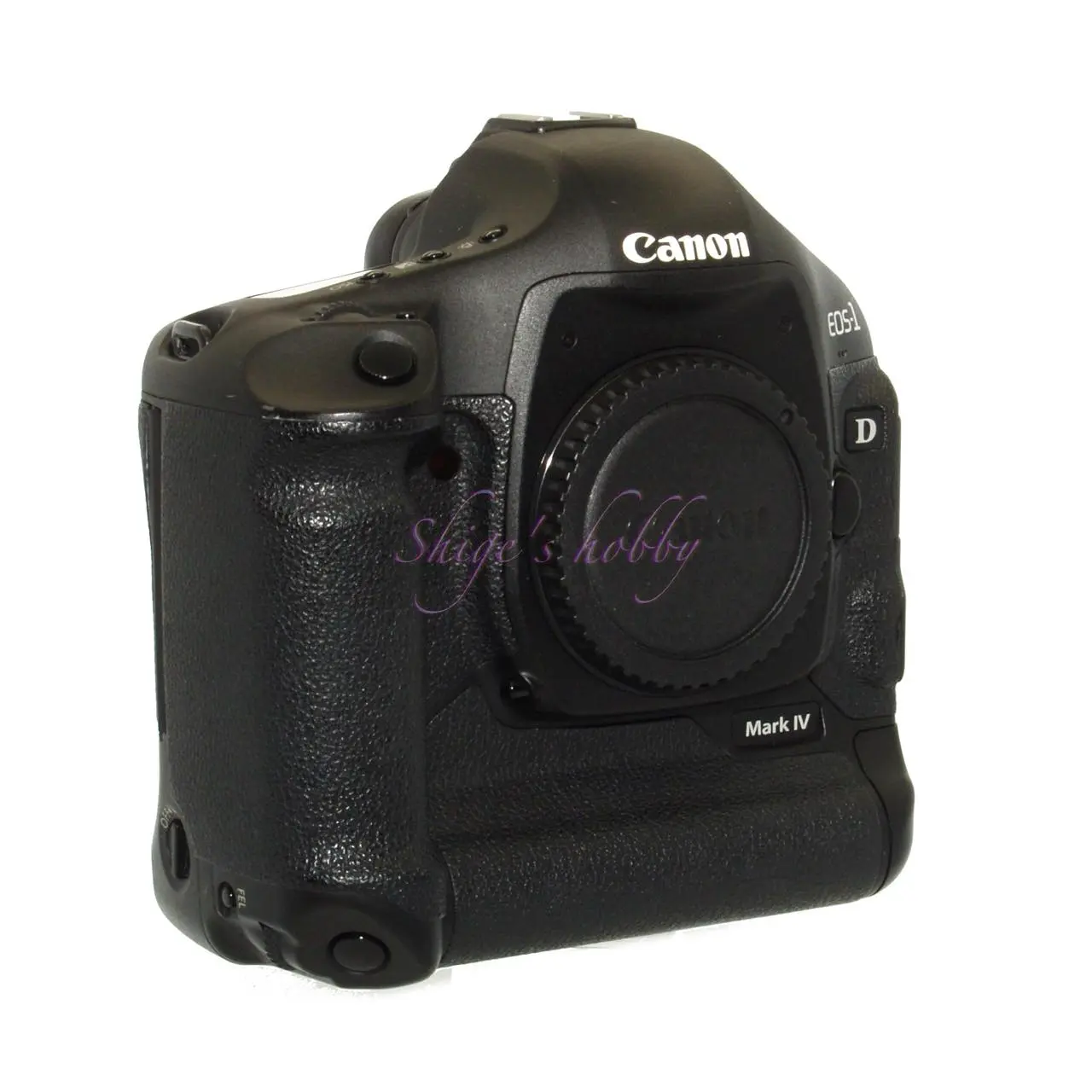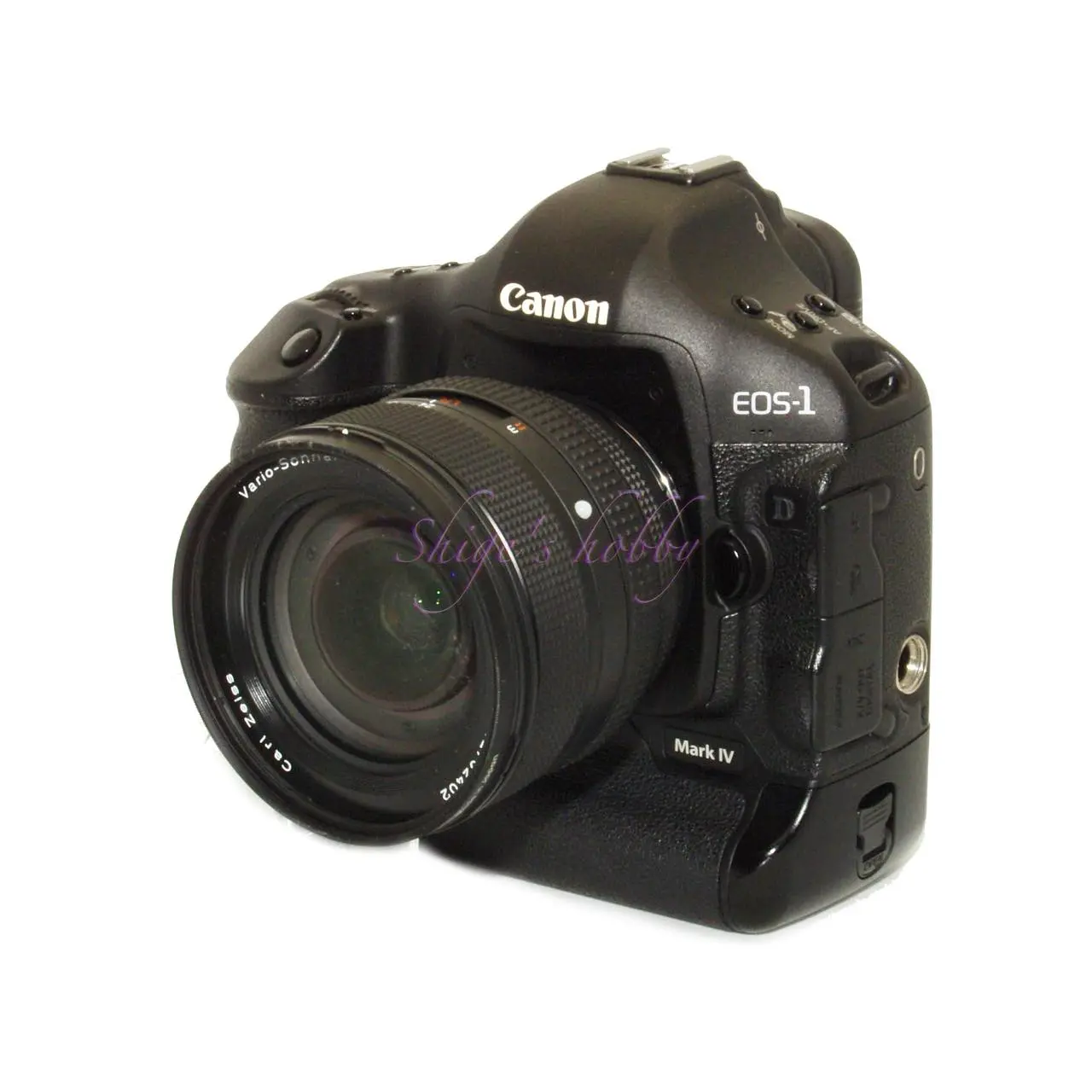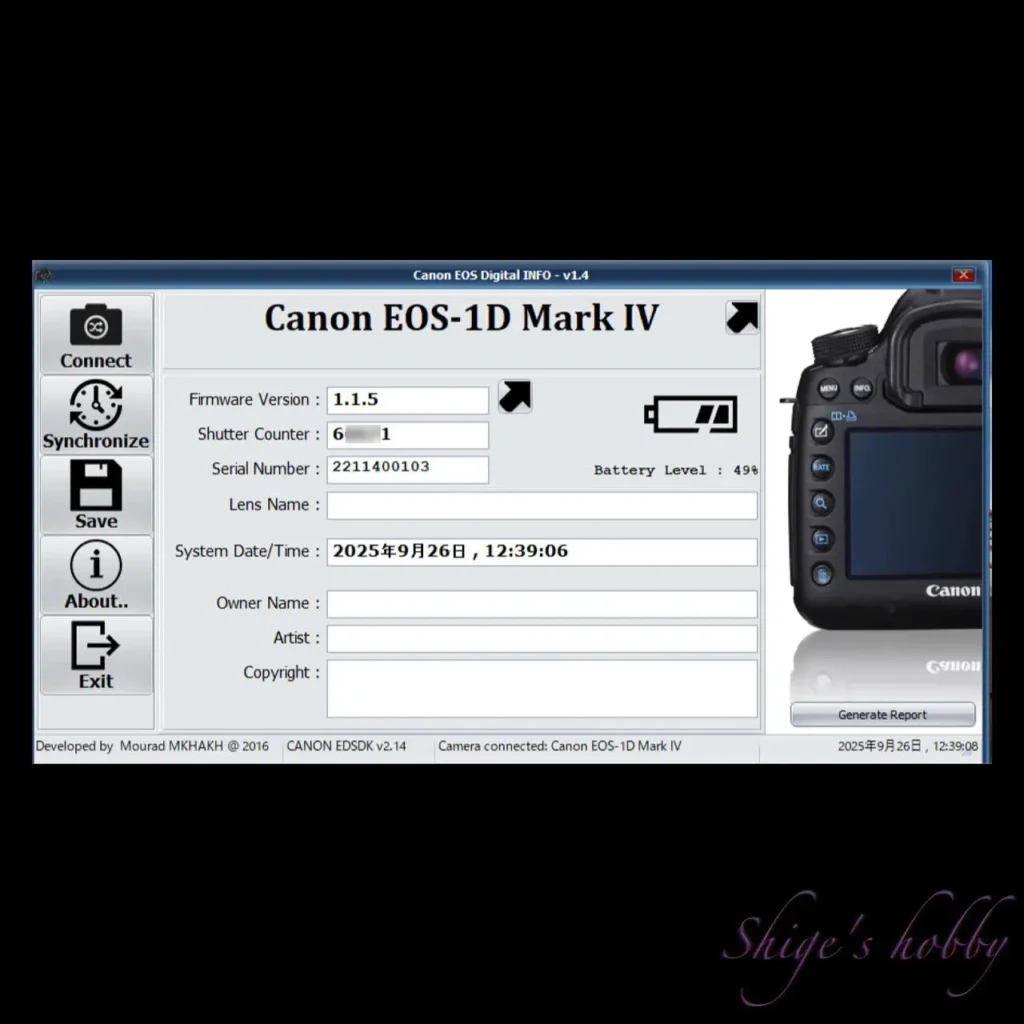The last APS-H flagship camera: CANON EOS-1D Mark-IV

A review and sample photos of the Canon EOS-1D Mark-IV digital SLR camera, using the CONTAX N VARIO SONNAR 24-85 and a LEICA R-mount lens.
- Please see the disclaimer regarding advertising here.
- Italicized links in the text are advertisement links that take you to other sites.
Table of contents

Gallery
The following cameras were used to take the sample photos:
- CONTAX N VARIO SONNAR 24-85mm F3.5-4.5
- LEICA SUPER ELMAR R 15mm F3.5
- LEICA SUMMILUX R 35mm F1.4
- LEICA SUMMICRON-R 50mm E55
- LEICA SUMMILUX R 80mm F1.4
- LEICA MACRO APO ELMARIT 100mm F2.8
- LEICA APO TELYT R 180mm
Review


1.Overview
The CANON EOS-1D Mark-IV is a Canon digital SLR camera equipped with an APS-H sensor, released in 2009.
As of 2025, it will be the last professional APS-H sensor digital SLR camera. Furthermore, as cameras with 35mm full-frame sensors have become mainstream, it is unlikely that cameras with APS-H sensors will be produced in the future, making it the last camera with an APS-H sensor.
It has 16 megapixels, is powered by a dedicated battery LP-E4, LP-E4N, or LP-E19, and supports CompactFlash cards and SDHC cards (up to 32GB capacity).
Canon’s APS-H sensor is approximately 23.5 x 15.7mm, and the 35mm conversion factor for the attached lens is 1.3. Specifically, if a 50mm focal length lens is used, the Canon equivalent is 65mm.
The EOS-1D Mark-IV’s viewfinder does not have the ability to display a level or grid pattern. Changing the viewfinder display requires a different viewfinder screen, and CANON Ec-series viewfinder screens are compatible.
This CANON Ec-series viewfinder screen is shared with the EOS-1 series of 35mm film cameras, and the EOS-1Ds and EOS-1DX series of digital cameras equipped with full-frame sensors, and is designed by the camera to prevent the edges of the viewfinder from being visible.
The viewfinders that can be used with the EOS-1D Mark-IV are listed below. Leather matte screens can make it difficult to determine the focus peak, so if you frequently use manual focus with a bright lens, the Super Precision Matte Ec-S is recommended.
In addition to the viewfinder screens listed in the table below, the Ec-K screen, which is brighter than the New Leather Matte, was previously sold and is usable, but due to its short sales period it is difficult to obtain.
Reference links :QuickGuide to EOS Focusing Screens
| Screen name | Type | Features |
| Ec-C IV (standard equipment) | Bright Laser-Matte | The standard screen for the EOS-1D Mark III/IV, and 1Ds Mark III. It has the same markings as the Ec-C III but is brighter, less grainy and better balanced. |
| Ec-A | Laser-Matte? | Microprism |
| Ec-B | Laser-Matte? | New Split with single horizontal split-image focusing aid in center |
| Ec-C | Original Laser-Matte | The standard screen for the EOS-1 |
| Ec-C II | Original Laser-Matte | The standard screen for the EOS-1N |
| Ec-C III | Original Laser-Matte | This is the standard screen for the EOS-1Ds. Its only markings are an outer AF ellipse and an inner spot metering reference circle. |
| Ec-D | Laser matte | Sections (grid screen) |
| Ec-H | Laser matte | Scale |
| Ec-I | Laser matte | Double Cross-Hair Reticle |
| Ec-L | Laser matte | Cross Split |
| Ec-N | New Laser matte | The standard screen for the EOS-3 Appears to have the same performance as the EC-R? |
| Ec-R | New Laser matte | Approximately 0.5 stops brighter than Ec-II |
| Ec-S | Super Precision matte | Optimized for lenses with maximum apertures between F1.8 and F2.8. Easily capture the focal peak. |
2.Usability
As mentioned at the end of the specifications and considerations section, my purpose in purchasing the Canon EOS-1D Mark-IV was to use Leica R-mount lenses.
The 1Ds Mark-IV’s standard viewfinder, with proper diopter adjustment, makes it easy to determine the focus peak with all but wide-angle lenses. Wide-angle lenses are very difficult to determine the focus peak in slightly dark places.
The body is square with an integrated vertical grip, so it doesn’t fit easily in a bag with a lens attached. This may mean that the body and camera should be separated when storing.
Although the body is square and large, it has a moderately deep grip that fits comfortably in the hand, making it easy to handle even for someone like me with small hands.
■Silent mode
The shutter and mirror sounds of SLR cameras are not suitable for shooting in quiet places, which is one of the reasons why they are inferior to mirrorless cameras, but the EOS-1D Mark-IV has a silent mode that reduces the mirror and shutter sounds for single shots. You can’t expect much from this, and it only slightly mellows the high-pitched sound when taking continuous shots, but it still makes it difficult to use for shooting in quiet places. Still, it’s much better than the intimidating sound of continuous shooting mode.
Silent mode is activated by pressing the AF-Drive button on the left shoulder of the camera and then turning the dial on the right shoulder to “S.”
■Mount Adapter
The Canon EF mount is a convenient mount that allows you to attach a variety of third-party lenses via a mount adapter.
I purchased this body so I could use Leica R-mount lenses on my digital SLR camera.
However, because the rear element of some Leica R-mount lenses is located close to the mirror, certain lenses can cause the camera to malfunction and become unusable when used with EOS digital SLR cameras equipped with 35mm full-frame sensors.
I briefly used the Canon EOS 1Ds Mk-III, which features a 35mm full-frame sensor, as a Leica R-mount body, but I was unable to use almost any lenses with a focal length wider than 50mm.
The 1D series, equipped with an APS-H sensor, is better than cameras equipped with 35mm full-frame sensors, but some lenses still cause errors when used. It’s a shame that my most desired lens, the SUMMILUX R 35mm, is essentially unusable. The Fisheye ELMARIT R 16mm doesn’t work at infinity but is fine at closer than 1m, while the ELMARIT R 19mm (new) and ELMARIT R 24mm bug out if they get caught on the sensor at the closest shooting direction or focal length, and the SUPER ELMARIT R 15mm and 21-35mm F3.5-4.0 ASPH Vario-Elmar-R are unusable.
As expected, errors occur with some lenses. With the smaller sensor size and smaller mirror, I had high hopes for better results, but perhaps the 1D Mark-IV is a challenge, as many lenses on the wide-angle side are difficult to use.
The CANON EOS 7D, which is equipped with an APS-C size sensor, has an even smaller mirror, so the above lenses can be used without any problems.
| Lens name | Actual focal length 1Ds Mark-III | CANON APS-H conversion factor x1.3 1D Mark-IV | CANON APS-C conversion factor x1.6 7D |
| SUPER ELMARIT 15mm | NG | NG | OK |
| SUPER ELMAR 15mm | NG | OK | OK |
| Fisheye ELMARIT 16mm | NG | △ | OK |
| ELMARIT 19mm NEW | NG | △ | OK |
| SUPER ANGULON 21mm F4 | ? | ? | OK |
| SUPER ANGULON 21mm F3.4 | NG | NG | NG |
| 21-35mm F3.5-4.0 ASPH Vario-Elmar-R | NG | NG | OK |
| ELMARIT 24mm | NG | △ | OK |
| ELMARIT 28mm old | NG | OK | OK |
| ELMARIT 28mm new | OK | OK | OK |
| ELMARIT 35mm 1st | ? | ? | OK |
| ELMARIT 35mm 2nd | ? | ? | OK |
| ELMARIT 35mm 3rd | ? | ? | OK |
| SUMMICRON 35mm old | NG | OK | OK |
| SUMMICRON 35mm new | OK | OK | OK |
| SUMMICRON 50mm E55d | OK | OK | OK |
| SUMMILUX 50mm E55 | OK | OK | OK |
| SUMMILUX 50mm E60 | OK | OK | OK |
3.Summary
In conclusion, to sum up the Canon EOS-1D Mark-IV, it is still a practical SLR camera in terms of image quality as of 2025.
However, as the SLR camera system is inferior to mirrorless cameras in many ways, it is best to clarify your intended use before purchasing.
As for the LEICA R-mount lens specification, like the EOS 1Ds Mk-III with a 35mm full-frame sensor, some wide-angle lenses cannot be used, but the number of compatible lenses has increased, making it worth choosing.
Some photographers prefer the mirror and shutter sound when shooting, but that is ultimately a matter of preference.
The weaknesses of SLR cameras and the advantages of mirrorless cameras
- Lack of flexibility in viewfinder display → EVF allows for more information display options, and brightness adjustment in dark places
- Mechanical shutters and mirror mechanisms can be noisy → Electronic shutters allow for quieter shooting
- Camera systems, including lenses, tend to be large → The lack of a shutter mechanism allows for smaller cameras and lenses
Specifications, considerations, etc.
The Canon EOS-1D Mark-IV is a professional digital SLR camera that, like its predecessor, the Mark-III, achieves 10 frames per second with a mechanical shutter.
The EOS 1D Mark-IV is the last EOS digital camera to feature an APS-H sensor, which prioritizes speed. This camera was succeeded by the EOS-1Ds series, which featured a 35mm full-frame sensor, and was replaced by the EOS-1DX, released in 2012, which also featured a 35mm full-frame sensor. This marked the end of cameras with APS-H sensors.
Because this camera also has a professional camera body, the shutter has often been heavily used. While the official shutter count is 300,000, it is common to see cameras with around 100,000 uses.
To check the shutter count for Canon cameras, you need to connect the camera to a PC via USB.
Special software is required to check this, and for Windows, the free software “Canon EOS DIGITAL Info” registered on Sourceforge is available free of charge.

For Mac, only paid software is available, and both “ShutterCount” and “Free Shutter Count” require a paid subscription in order to check the shutter count. The latter, “Free Shutter Count,” has “free” in its name, but it can be confusing in that it only lets you check the last three digits of the shutter count for free.
As for checking the shutter count, Nikon cameras record the shutter count in the captured image, making it easy to check, in contrast to Canon cameras. With either method, it’s sometimes difficult to say whether the numbers are accurate, and cameras can still malfunction even with a low shutter count, so it’s best to think of the shutter count as a guide to the health of your camera.
■APS-H size sensor
Only a few cameras use APS-H size sensors: the LEICA DIGITAL MODULE R, LEICA M8, LEICA M8.2, and EOS-1D series.
When using a 35mm film lens on a camera with an APS-H sensor, you cannot achieve the true focal length of 35mm, but it does have the advantage of being able to forcibly crop out the peripheral image distortion common with older lenses.
I decided to use a 35mm film Leica R mount lens on the Canon EOS-1D Mark-IV because it has roughly the same sensor size as the LEICA DIGITAL MODULE R I had used in the past.
The Canon EOS-1D Mark-III is more compatible with the DMR, with a sensor pixel count roughly the same as the DMR, but higher pixel counts can be more convenient, so I purchased the Canon EOS-1D Mark-IV, which is now out of repair support and is now at a discount, as a DMR replacement.
As you can see from the comparison table below, the size and weight are almost the same, giving it a nostalgic feel.
| Items | EOS-1D Mark-IV | LEICA R8 +DIGITAL MODULE R |
| カメラ有効画素数 | 1600 | 1000 |
| センサー | CMOS | CCD KODAK / KAF-10010CE |
| センサーサイズ | 23.5×15.7mm | 22.3×14.9mm |
| マウント | CANON-EF | LEICA R |
| 背面液晶 | 3.0型/約92万ドット(VGA) | 1.8型/13万ドット |
| ファインダー | ペンタプリズム使用、アイレベル式 上下/左右とも約100% 約0.76倍(50mmレンズ・∞・-1m-1) | ペンタプリズム使用、アイレベル式 上下/左右とも約93% 0.75倍(50mmレンズ・∞・-1m-1) |
| コマ速・メカシャッター | 10コマ/秒 | 2コマ/秒 |
| 画像処理エンジン | デュアルDIGIC 4 | – |
| バッテリー | LP-E4N / LP-E4 | 14447 [リチウムイオンバッテリー DMR] |
| 記録メディア | コンパクトフラッシュ & SDHC(32GBまで) | SDカード(4GB)まで |
| 外形寸法(mm) 幅 x 高さ x 奥行 | 156 × 156.6 × 79.9 | 165 x 142 × 83 |
| 重量(g) ボディのみ | 1180 | 1495 |
| リリース年 | 2009年12月 | 2002年 |
Options
Reference links
- Errors with Leica R-mount lenses and EOS digital cameras
- QuickGuide to EOS Focusing Screens
- CANON EOS 1D Mark-IV・CANON Official page
- CANON EOS 1Ds Mark-III・CANON Official page
- CANON EOS 1D X・CANON Official page
- Canon EOS DIGITAL Info・Sourceforge download page
Affiliate links
- Canon Battery Pack LP-E4N / LP-E4 ・Ads by ebay
- Canon Battery Charger LC-E4 / LC-E4N・Ads by ebay

Amazon Prime Sale
Update history
- 2025.10.13
Leave a Reply